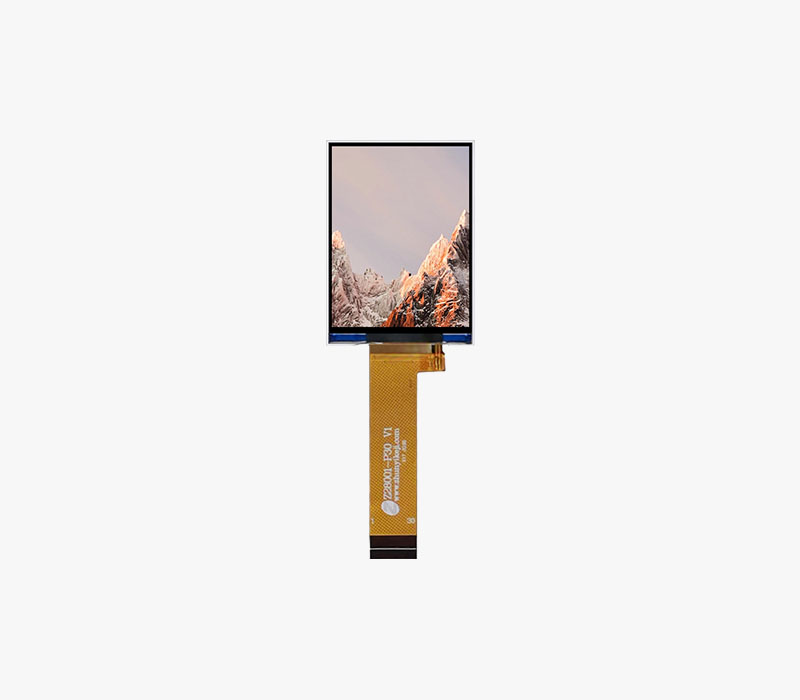




Face recognition terminal screens are specialized display components that play a crucial role in the functionality and user experience of face recognition systems. These screens are designed to work in tandem with the face recognition hardware, such as cameras and sensors, to provide clear visual feedback and interaction interfaces.
One of the primary functions of face recognition terminal screens is to display prompts and instructions to users. When a person approaches the terminal, the screen can show messages like "Please face the camera" or "Step closer for better recognition." This guidance helps users understand how to position themselves correctly, ensuring accurate and efficient face recognition. Additionally, the screen is used to display the results of the recognition process. If the system successfully identifies the user, it may show a welcome message along with personalized information, such as the user's name or access privileges. In case of a recognition failure, the screen can display error messages, indicating possible reasons like poor lighting conditions or an obscured face, and offer suggestions on how to resolve the issue.
The visual quality of face recognition terminal screens is of great importance. They need to have high resolution to clearly display details, especially when showing the captured face image for verification purposes. A sharp and clear image allows both the user and the system operator (if applicable) to easily identify features and ensure the accuracy of the recognition. Moreover, good color reproduction is essential, as it helps in distinguishing different skin tones and facial features accurately. These screens also often feature high - brightness levels, enabling them to be visible even in bright outdoor environments or well - lit indoor spaces.
In terms of interactivity, many face recognition terminal screens are touch - enabled. This allows users to interact with the system, such as confirming their identity, entering additional information if required, or navigating through different menus and options. The touchscreen functionality adds an extra layer of convenience and user - friendliness to the face recognition process. Some advanced face recognition terminal screens may also support gesture recognition or voice interaction in addition to touch, providing more versatile ways for users to engage with the system.
Furthermore, the durability and reliability of these screens are critical. Since face recognition terminals are often used in public or high - traffic areas, the screens need to withstand frequent use, potential impacts, and environmental factors. They are typically built with robust materials and protective coatings to resist scratches, smudges, and dust. Anti - glare and anti - fingerprint technologies are also commonly applied to ensure that the screen remains clear and easy to view under various lighting conditions and usage scenarios.
